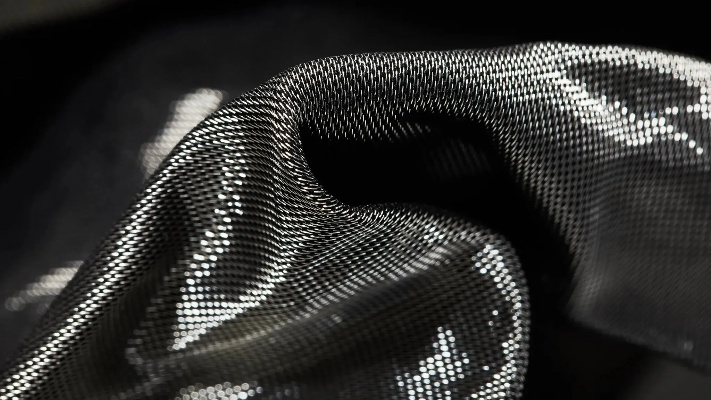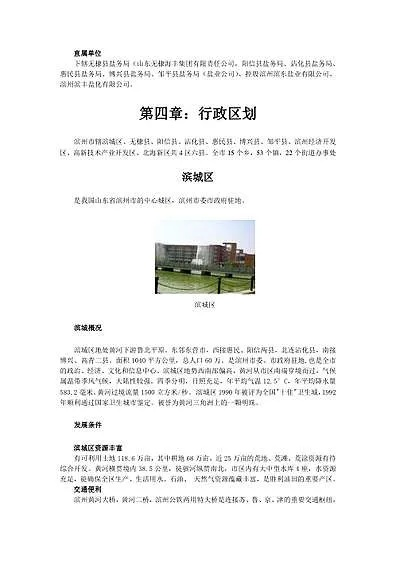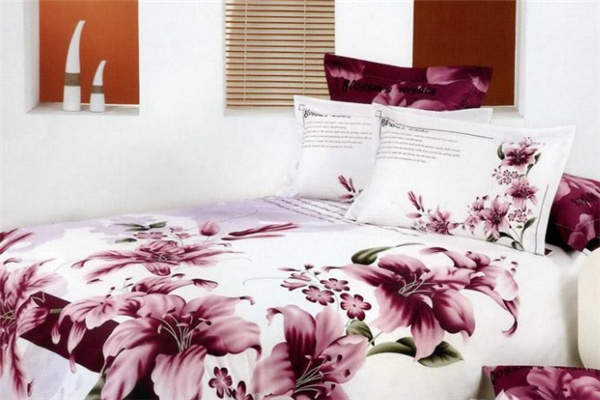The Future of Fashion:Exploring Smart Textiles Production
I. Introduction to Smart Textiles Production Smart textiles refer to fabrics and garments that incorporate advanced technology, such as sensors, micro-technology, or artificial intelligence (AI), to enhance their performance, usability, or aesthetic appeal. This innovative approach to clothing design is transforming the traditional fashion industry and paving the way for a more sustainable and personalized future.
II. Types of Smart Textiles The term "smart" in smart textiles encompasses a variety of technologies that make these fabrics unique. Here are some common categories:
A. Wearable Health Monitors These textiles use sensors to track vital signs, such as heart rate, blood oxygen levels, and sleep quality. They can be integrated into clothing or accessories like wristbands, necklaces, or even tattoos. For example, Nikolaj Bang's "Healthy Heart Wristband" monitors heart rate and sends real-time updates to users through their smartphones.
B. Intelligent Fabrics These materials have embedded fibers or yarns that contain electronic components, making them responsive to touch or light. They can be used in clothing for automatic adjustments, such as opening or closing, based on the wearer's body temperature or activity level. An example of intelligent fabric is the "Smart Shirt," which automatically adjusts its fit and color based on the user's movements.

C. Adaptive Clothing This category includes textiles that change color or pattern depending on environmental factors or internal stimuli. For instance, a jacket made from photochromic material changes its color when exposed to UV light, providing protection against harmful rays while still looking stylish.
D. Energy-Efficient Fabrics Smart textiles also aim to reduce energy consumption by using materials that actively manage moisture and heat. For example, a shirt with a built-in moisture management system uses nanofibers to absorb sweat and regulate body temperature, making it suitable for outdoor activities.
III. Advantages of Smart Textiles Production The integration of smart technology in textiles offers several benefits to both consumers and the environment:
A. Enhanced User Experience Smart textiles provide personalized and customizable features, enhancing the user experience by adapting to individual needs and preferences. For example, a smart underwear that changes color based on the wearer's mood or activity level adds an extra layer of comfort and personalization to everyday wear.
B. Environmental Sustainability Smart textiles are designed to reduce waste and conserve resources. By using recyclable materials or incorporating circular economy concepts, they help minimize the negative impact of fashion production on the planet. For example, a smart t-shirt made from recycled polyester reduces the demand for raw materials and helps to divert waste from landfills.
C. Cost-Effectiveness Smart textiles can be mass-produced at lower costs compared to traditional ones. As technology improves and automation becomes more prevalent, the manufacturing process becomes more efficient, leading to reduced production costs and higher profit margins for manufacturers. For instance, automated knitting machines can produce high-quality smart fabrics at a lower cost than manual labor.
IV. Challenges and Opportunities While the future of smart textiles production holds great promise, there are several challenges that must be addressed:
A. Technological Limitations Current technology may not yet be capable of creating truly smart textiles that fully integrate advanced AI algorithms or sophisticated biometric data processing. There is a need for further research and development in this space to ensure seamless integration and reliability. For example, developing a robust algorithm for analyzing complex biometric information from wearable devices requires ongoing technological innovation.
B. Regulatory Compliance As smart textiles become more prevalent, there will be a need for clear regulations and standards to ensure safety and privacy. Government agencies must work together to establish guidelines for the testing and certification of smart textile products, ensuring that consumer products meet ethical and safety standards. For example, the European Union has established guidelines for the labeling of smart textiles to protect consumers from unintended health risks or cyber threats.
C. Market Penetration Despite the growing interest in smart textiles, there is still a significant barrier to entry for smaller companies or startups looking to enter the market. These organizations must overcome the financial and technical hurdles associated with launching new products and gaining market share. To succeed, they must invest in research and innovation, build relationships with partners and suppliers, and develop effective marketing strategies to reach potential customers.

V. Case Study: The Rise of Smart Activewear One example of how smart textiles are being implemented is through smart activewear. Companies like Lululemon are introducing tech-infused sportswear that uses sensors to monitor heart rate, pace, and recovery time during workouts. These garments are equipped with Bluetooth technology that syncs with smart devices, providing real-time feedback and insights into performance. For example, the "Run Stride" shoe from Nike incorporates a built-in sensor that tracks running metrics and provides feedback to athletes during training sessions, helping them optimize their workouts and improve their performance over time.
VI. Conclusion In conclusion, smart textiles production is poised to revolutionize the fashion industry by offering personalized, sustainable, and eco-friendly solutions to everyday wear. While there are challenges to overcome, including technological limitations, regulatory compliance, and market penetration, the potential benefits of smart textiles cannot be ignored. As we move forward into an age where technology intersects with fashion, it is essential that we embrace these advancements with open arms and support innovation that benefits both people and planet.
Smart textiles are a rapidly growing industry that integrates technology into the fabric manufacturing process. In this article, we will explore the definition and process of smart textile production, using an English case study to illustrate.
智能纺织品概述
智能纺织品是一种新型纺织材料,结合了先进的技术和设计理念,旨在提高纺织产品的舒适性、耐用性、功能性以及环保性,它们通常采用高科技纤维和先进的纺织工艺,能够满足消费者对舒适、时尚、环保等多方面的需求。
智能纺织品生产过程
材料选择
在智能纺织品生产过程中,首先需要选择高质量的材料,这些材料应具备高强度、高弹性、耐磨损、抗过敏等特点,同时还要具备环保、可降解的特性,采用天然纤维如棉、麻、丝等,以及合成纤维如聚酯纤维、聚酰胺纤维等。
纺丝技术

纺丝技术是智能纺织品生产的关键技术之一,通过先进的纺丝技术,可以制备出具有高密度、高弹性、高透气性的纤维,同时还可以控制纤维的形状和尺寸,智能纺织品还需要具备智能功能,因此还需要采用特殊的工艺和技术来实现这一目标,使用纳米技术制备具有导电、磁性、光学等功能的纤维。
织造工艺
织造工艺是智能纺织品生产中的另一个重要环节,通过先进的织造工艺,可以制备出具有高密度、高舒适性的织物,智能纺织品还需要具备可穿戴性和可拆卸性,因此还需要采用特殊的工艺和技术来实现这一点,采用智能传感器技术,使织物能够感知环境变化并作出相应的反应。
案例说明
以某知名品牌为例,其智能纺织品生产过程如下:
-
材料选择:该品牌选择高质量的天然纤维和合成纤维作为主要材料,同时注重环保和可降解性。
-
纺丝技术:该品牌采用先进的纺丝技术,制备出具有高密度、高弹性、高透气性的纤维,还采用了纳米技术制备具有导电、磁性功能的纤维。
-
织造工艺:该品牌采用先进的织造工艺,制备出具有高舒适性和可穿戴性的织物,还采用了智能传感器技术,使织物能够感知环境变化并作出相应的反应,该品牌还注重产品的可持续性和环保性,采用了环保染料和材料。
智能纺织品是一种新型纺织材料,其生产过程涉及多个环节和技术,在材料选择、纺丝技术和织造工艺方面,都需要注重产品质量和环保性,还需要采用先进的工艺和技术来实现智能功能,通过不断的技术创新和产业升级,智能纺织品有望成为未来纺织行业的重要发展方向。
Articles related to the knowledge points of this article:
Top Textile Companies Websites
Functional Textiles in China:Advancements and Applications
Unleash your Style with Casimodos Latest Textile Collection



